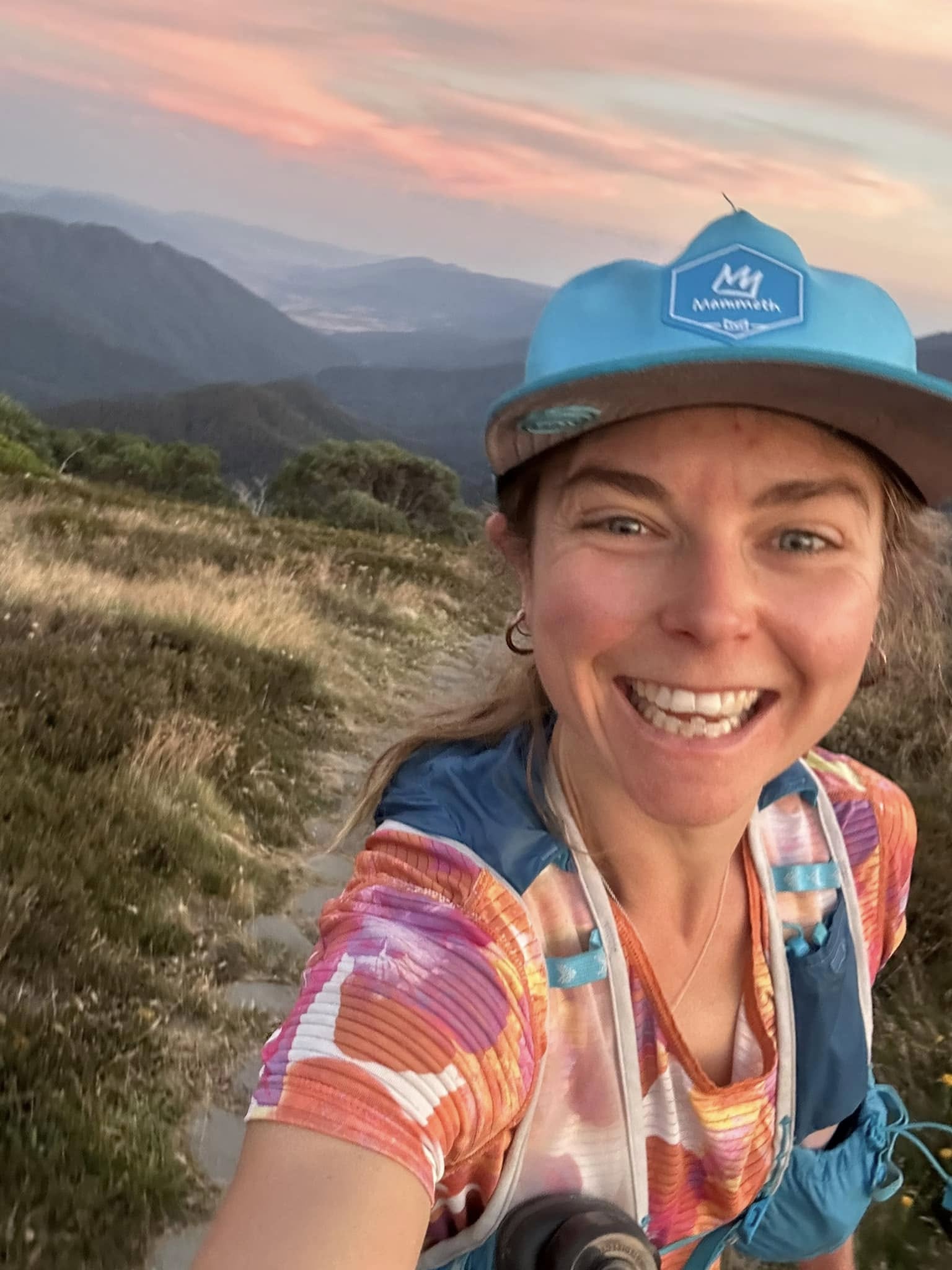 Rescuers Damon Bolt and Jamie Stratford have shared their stories of the 2022 floods for the exhibition (credit Raimond de Weerdt).
Rescuers Damon Bolt and Jamie Stratford have shared their stories of the 2022 floods for the exhibition (credit Raimond de Weerdt). Selflessness, spirit and strength underpin a new exhibition in Lismore as the Northern Rivers marks a year since the 2022 floods.
can be seen at Lismore’s Serpentine Gallery from February 24 to March 18.
A creative collaboration between Southern Cross University journalism lecturer and ‘storycatcher’ Ms Jeanti St Clair and photographer Raimond de Weerdt, the exhibition pairs rescuer testimony with photographic portraits. The result is both individually focused and broadly evocative. Hope and healing are elemental.
Ms St Clair and Mr de Weerdt began working on the Rescue Project in April 2022 and have spoken with 41 people involved in either on-water rescues or in opening their homes as places of refuge. While the focus is on Lismore as the epicentre of the flood, the project also has collected stories from rescuers around Woodburn and Bungawalbin.
Every story provides an insight to the valuable knowledge gained by the rescuers.
“The rescuers actually hold a vast amount of knowledge and, as a collection, it’s like a jigsaw puzzle coming together,” said Ms St Clair.
“We see how the built environment made rescues more difficult, but also ideas on how to make future rescues safer. We see the impact on the rescuers’ mental health and well-being, and follow the emotional recovery of many.”
The exhibition also includes work by photojournalist Elise Derwin, Love for Lismore Heart banner creator Rebecca Ryan, and the presentation of the known list of rescuers’ names, as collated by Dannielle Pickford and Sarah Moran.
A series of evening events will be held during the exhibition’s three-week season, including a poetry slam event and two discussion panels: the first about the role of the arts and creativity in the recovery process; the second featuring a panel of civilian rescuers and a screening of the short film, Tinnie Army.
/prod01/channel_1/media/scueduau/news/2023/Rescue-Flood-rescuer-stories-exhibition-poster-720X475.png)
The Rescue Project is an extension of Ms St Clair’s project. That original work explored the impacts of the 2017 flood through a suite of audio walks that took listeners around Lismore to understand the experience of ten people who were impacted by the flood or had helped in the recovery.
Ms St Clair said it soon became clear that there were psychosocial benefits for the people sharing their stories, and for the community hearing them. The project also transformed her documentary practice and, taking an idea from author Brené Brown, she came to see herself as a ‘storycatcher’ rather than a storyteller.
“The people sharing their experience were the storytellers; I would catch their stories through a trauma-informed interviewing process and then craft them into a form that also narratively made sense for the audience,” she said.
Days after the February 2022 flood, people began asking Jeanti how she would catch the stories of this unprecedented event.
Ms St Clair said while the entire exhibition comes with a trigger warning, great care has been taken to ensure mental health support is available at the gallery.
“For Raimond and me, our key ethical position is to be honest in presenting the truth in these stories, while working to minimise their triggering potential,” she said.
“The stories are written in such a way that readers can opt out of the story at any point, with the more triggering material appearing later in a story.”
Following the Lismore season, Ms St Clair and Mr de Weerdt hope to tour the exhibition and publish a book to provide a permanent record of these stories.
/prod01/channel_1/media/scueduau/news/2023/Exhibition-collaborators-Jeanti-St-Clair-and-Raimond-de-Weerd_credit-Raimond-de-Weerdt-low-res-720X475.jpg)
Exhibition collaborators: photographer Raimond de Weerdt (left) and ‘storycatcher’ Jeanti St Clair (credit Raimond de Weerdt).








